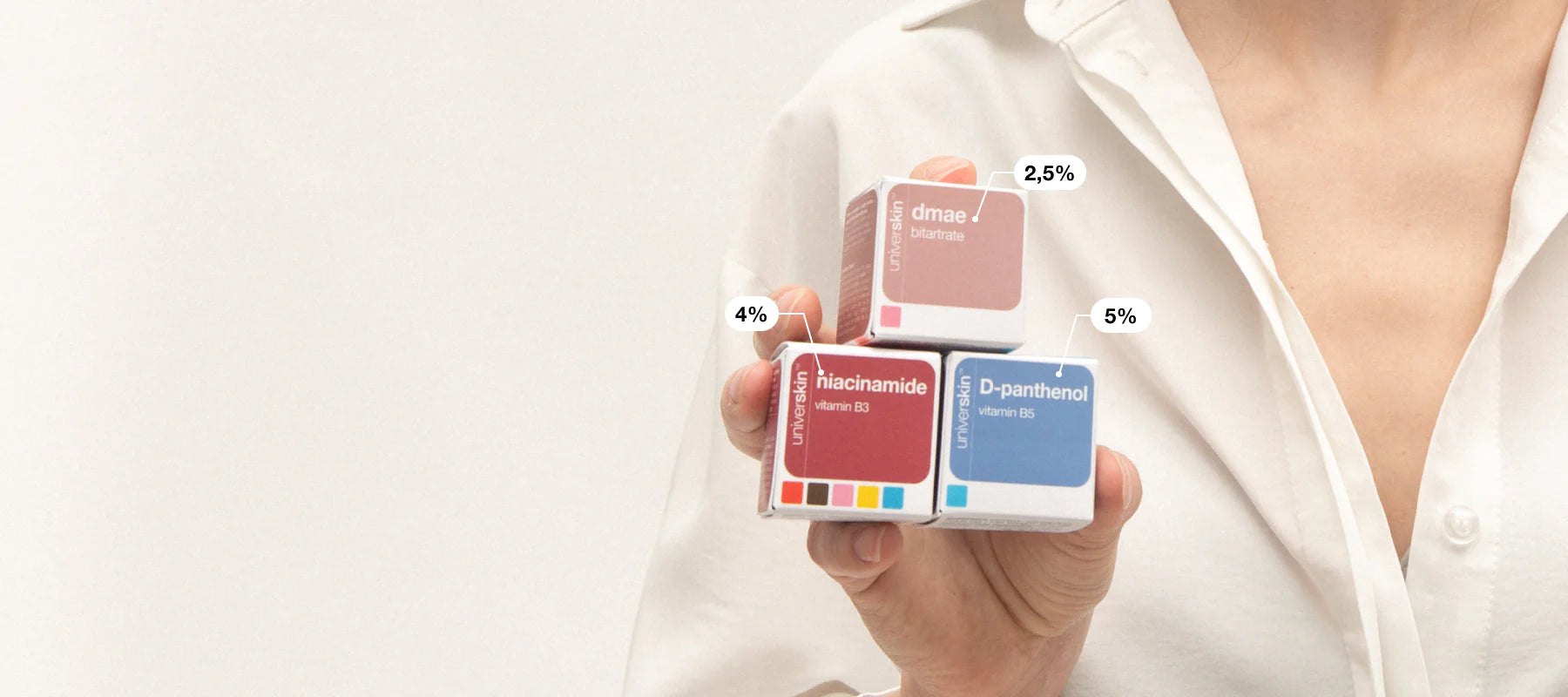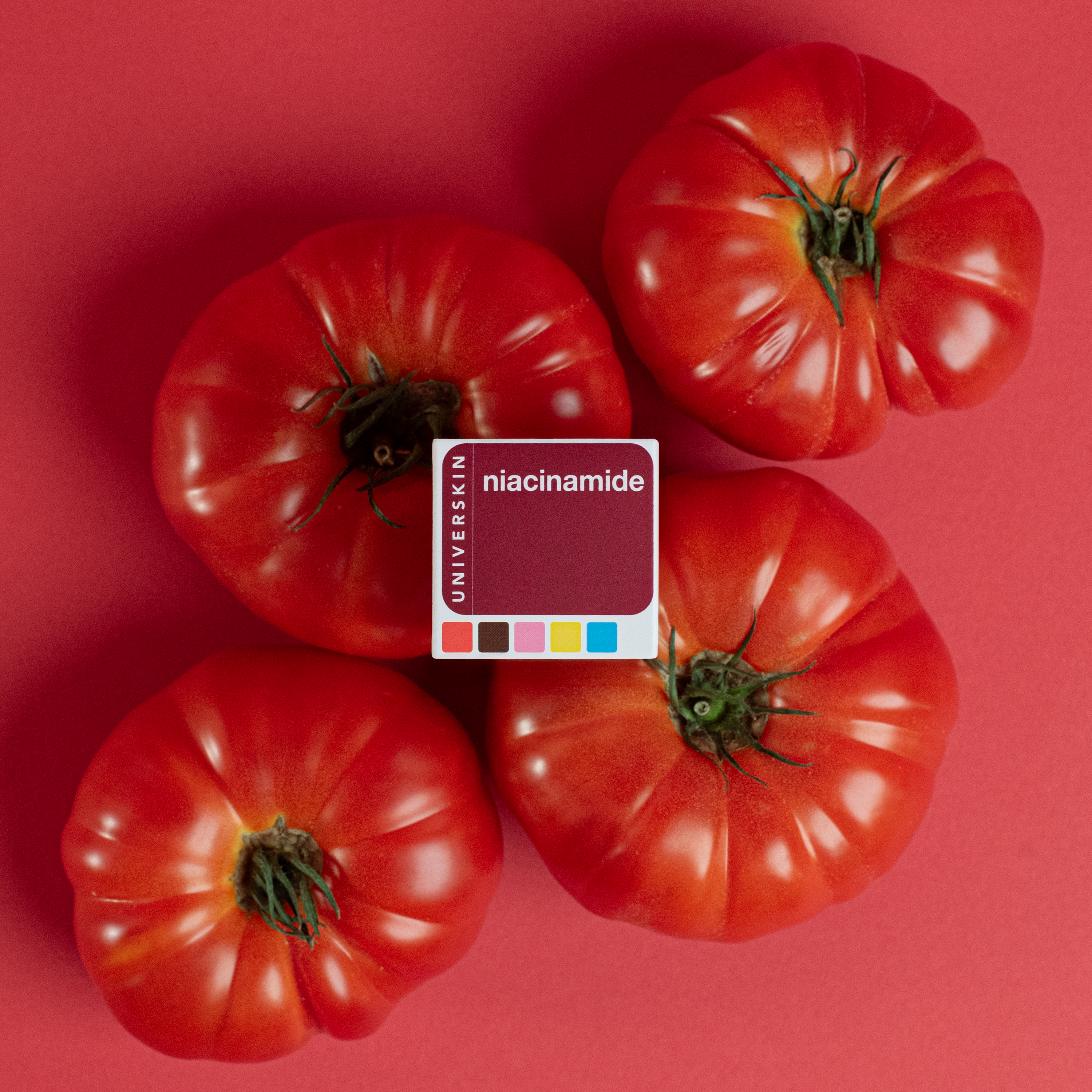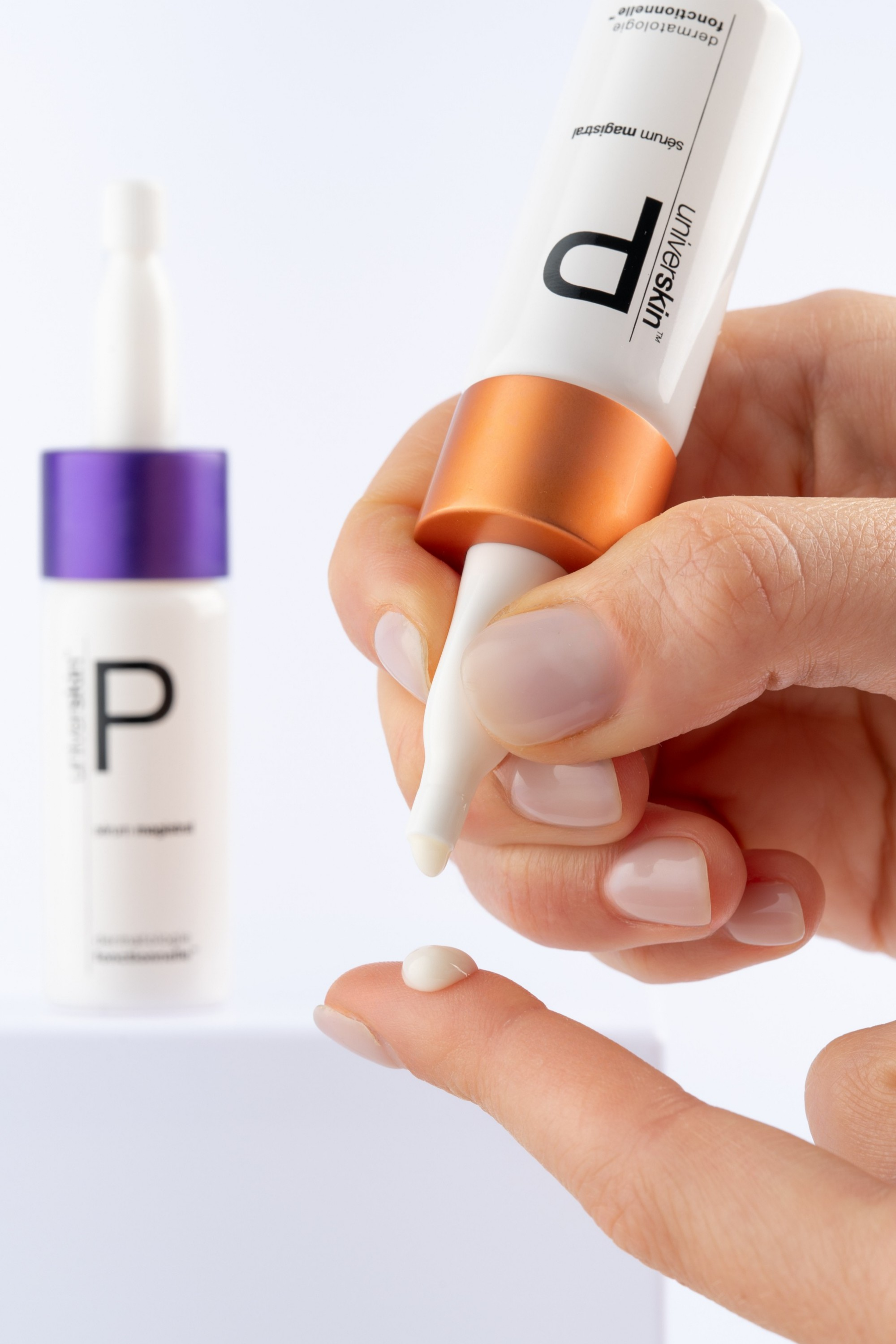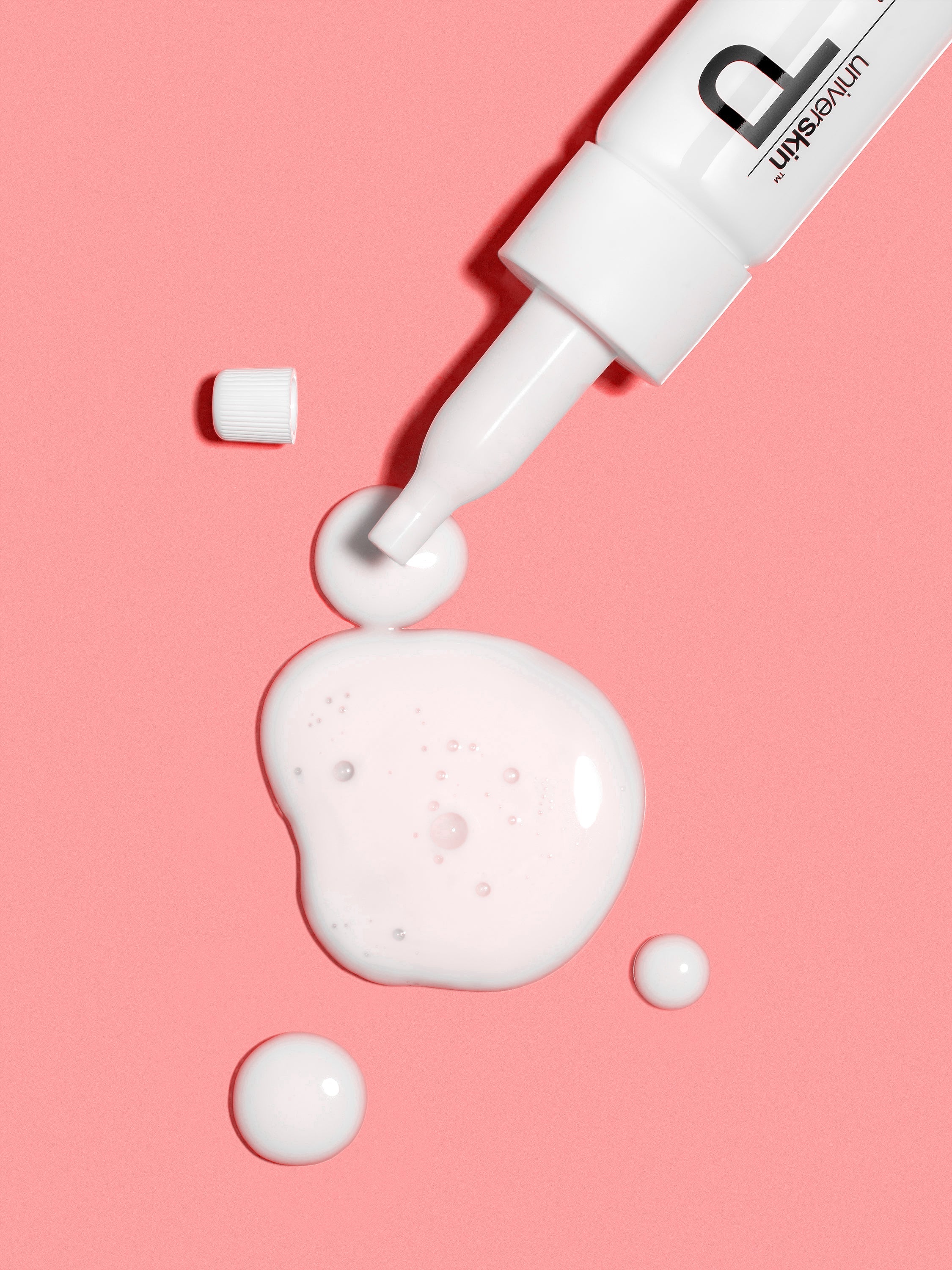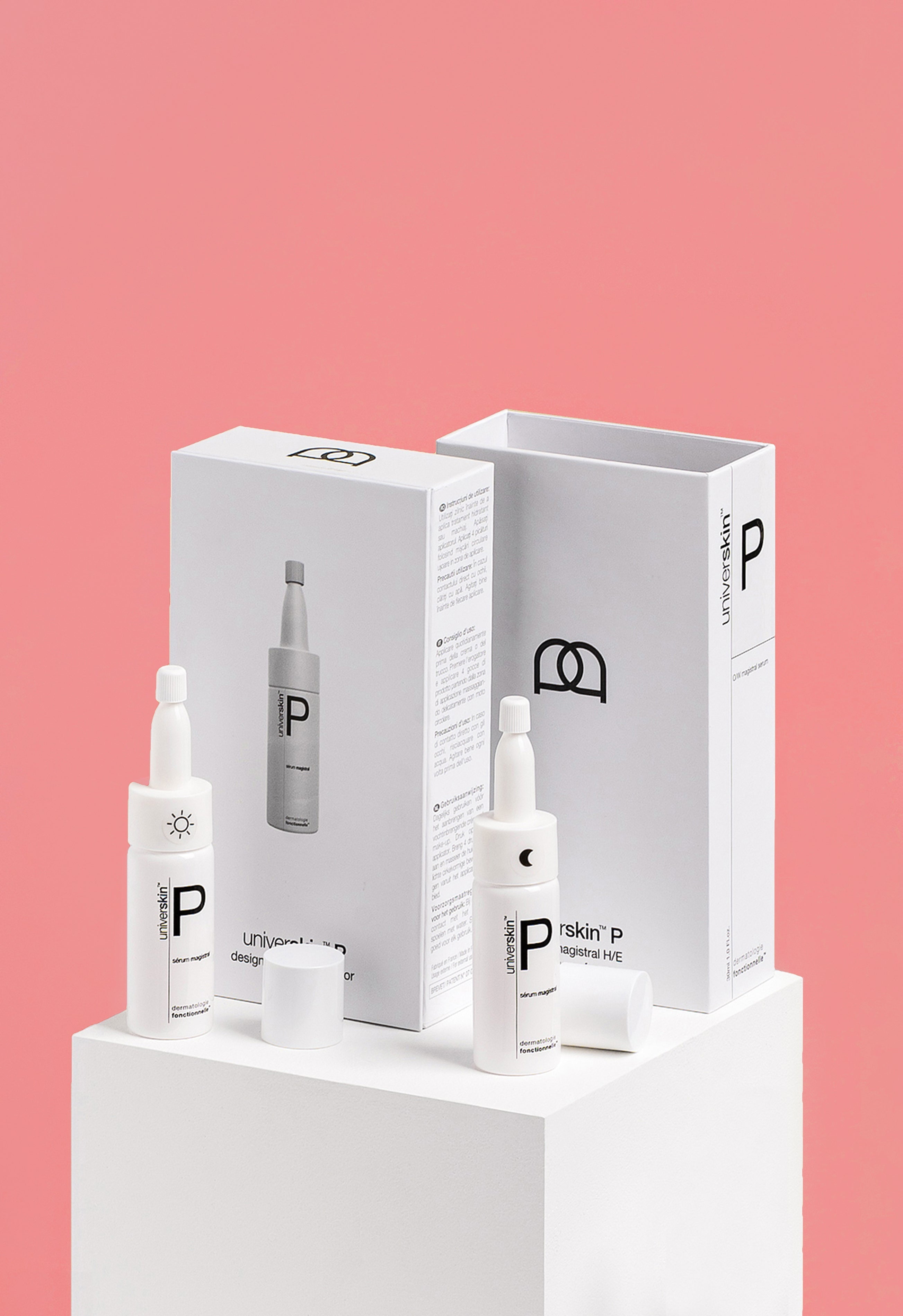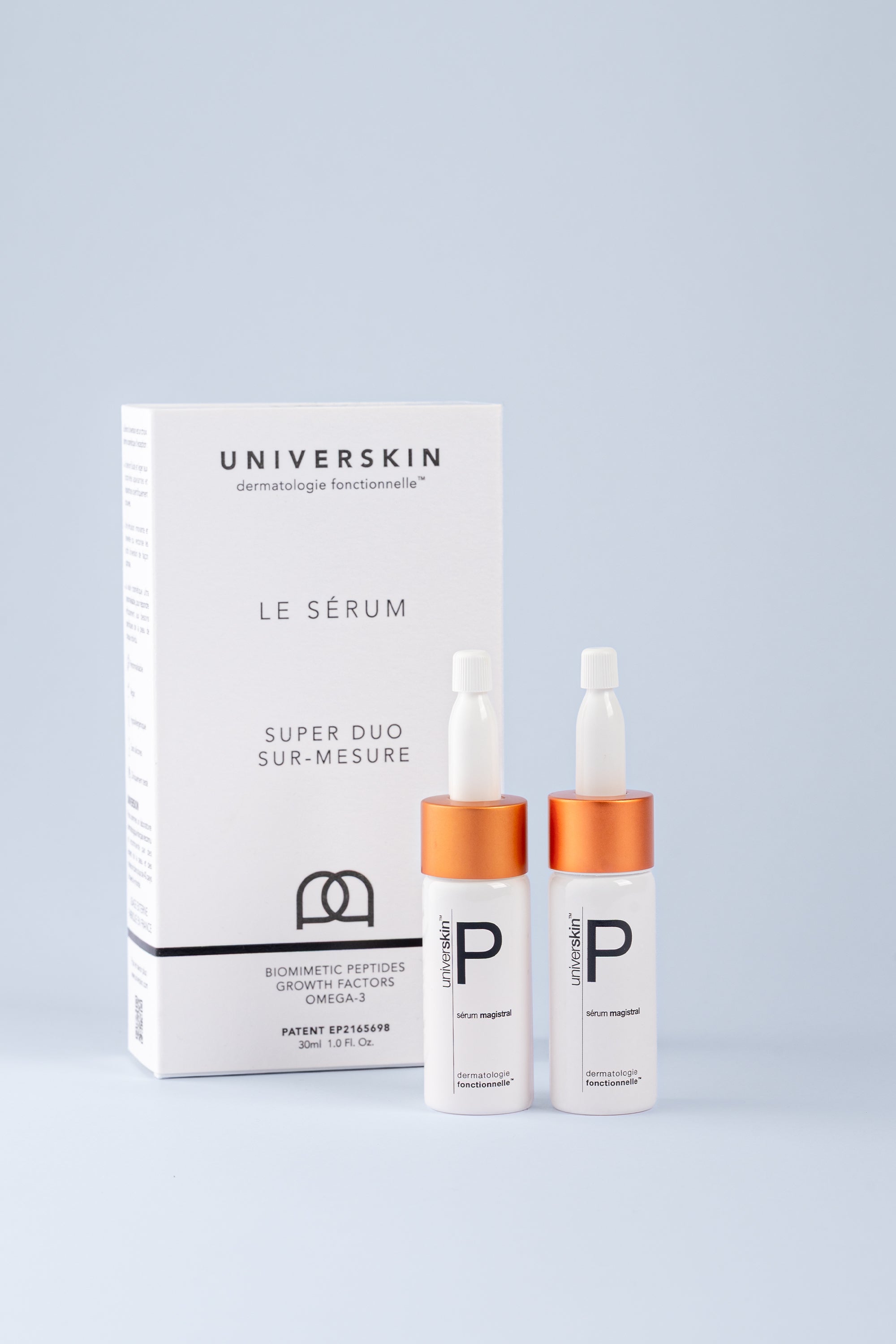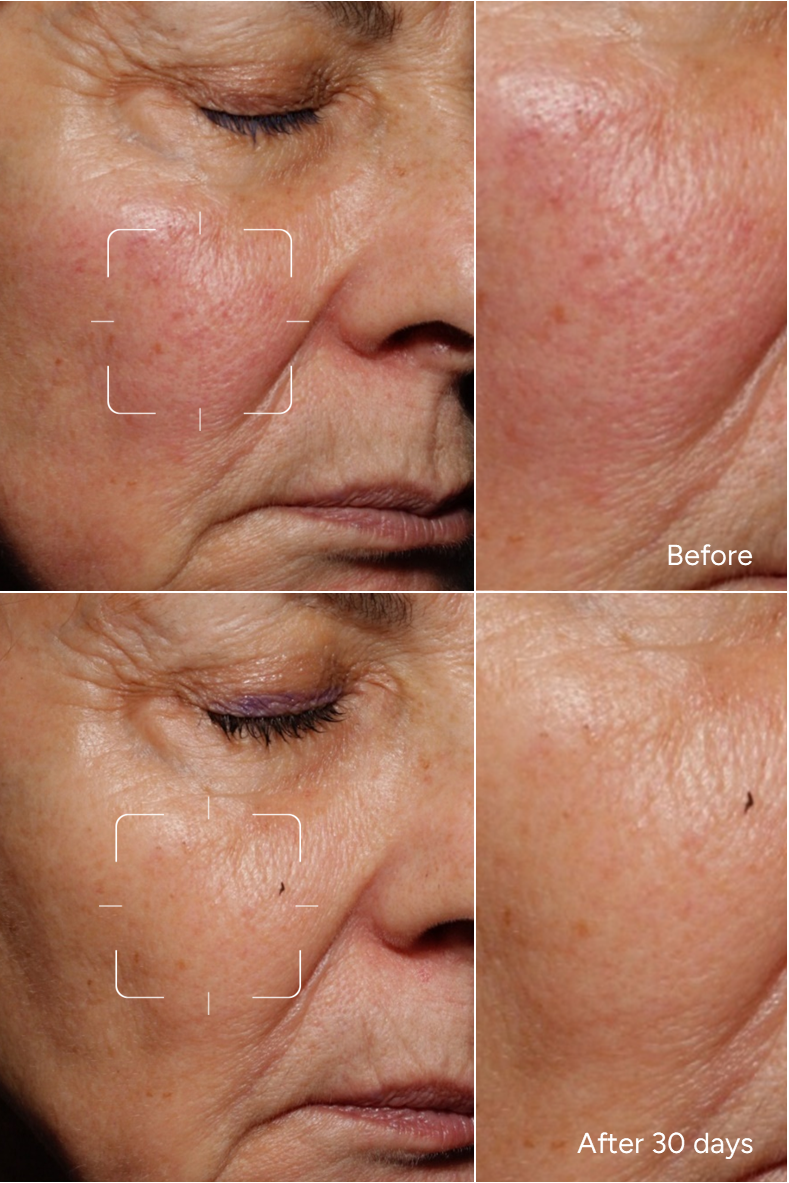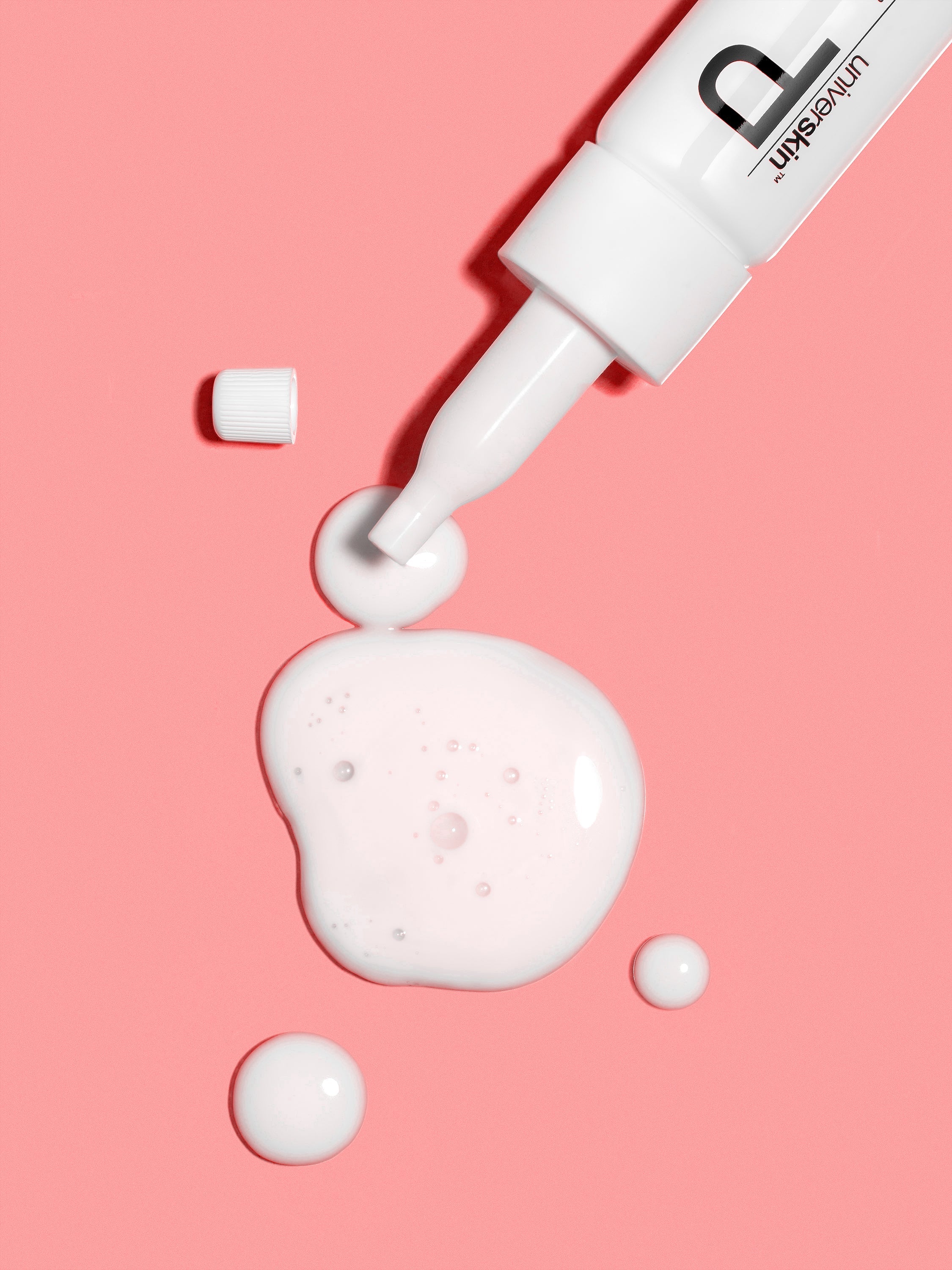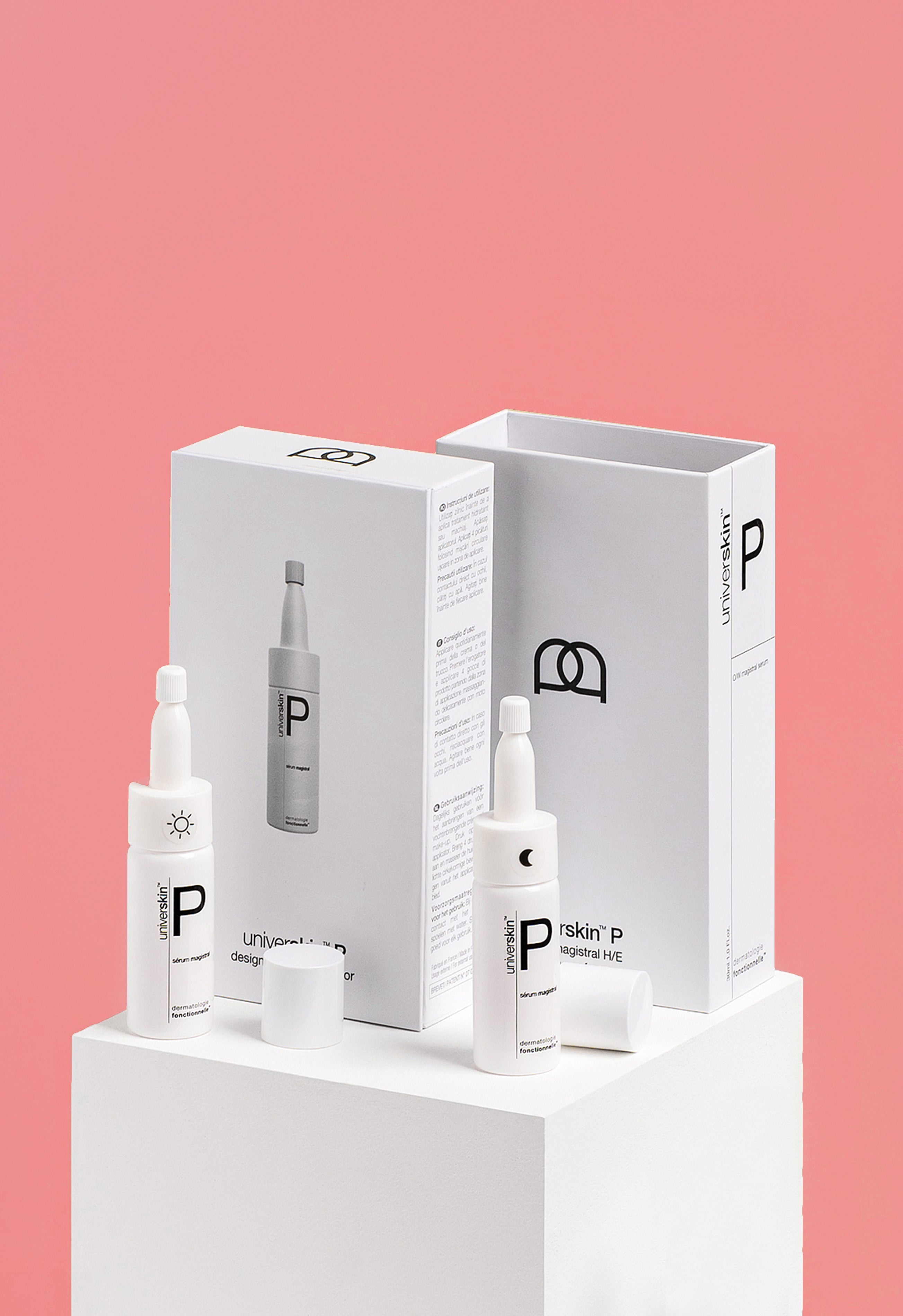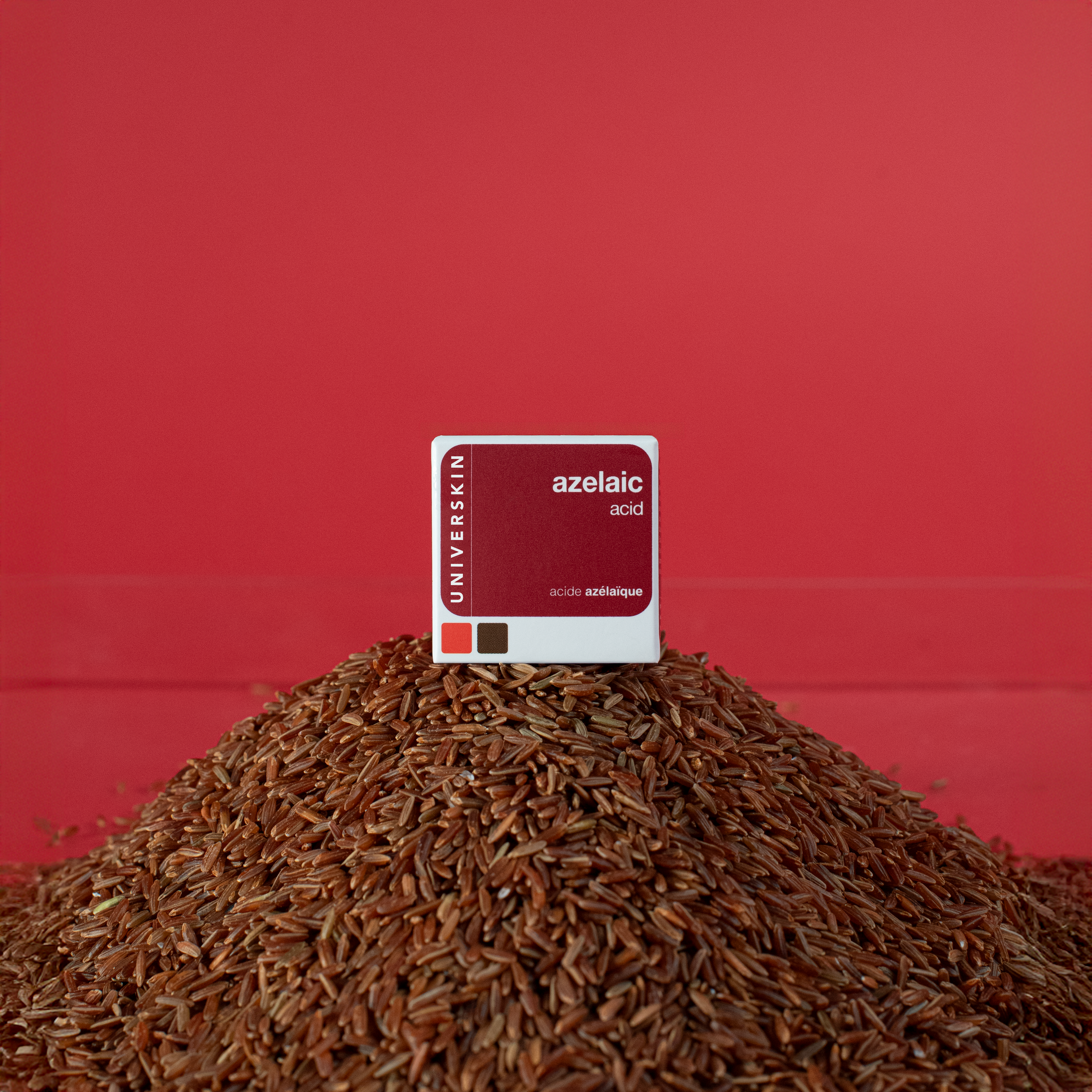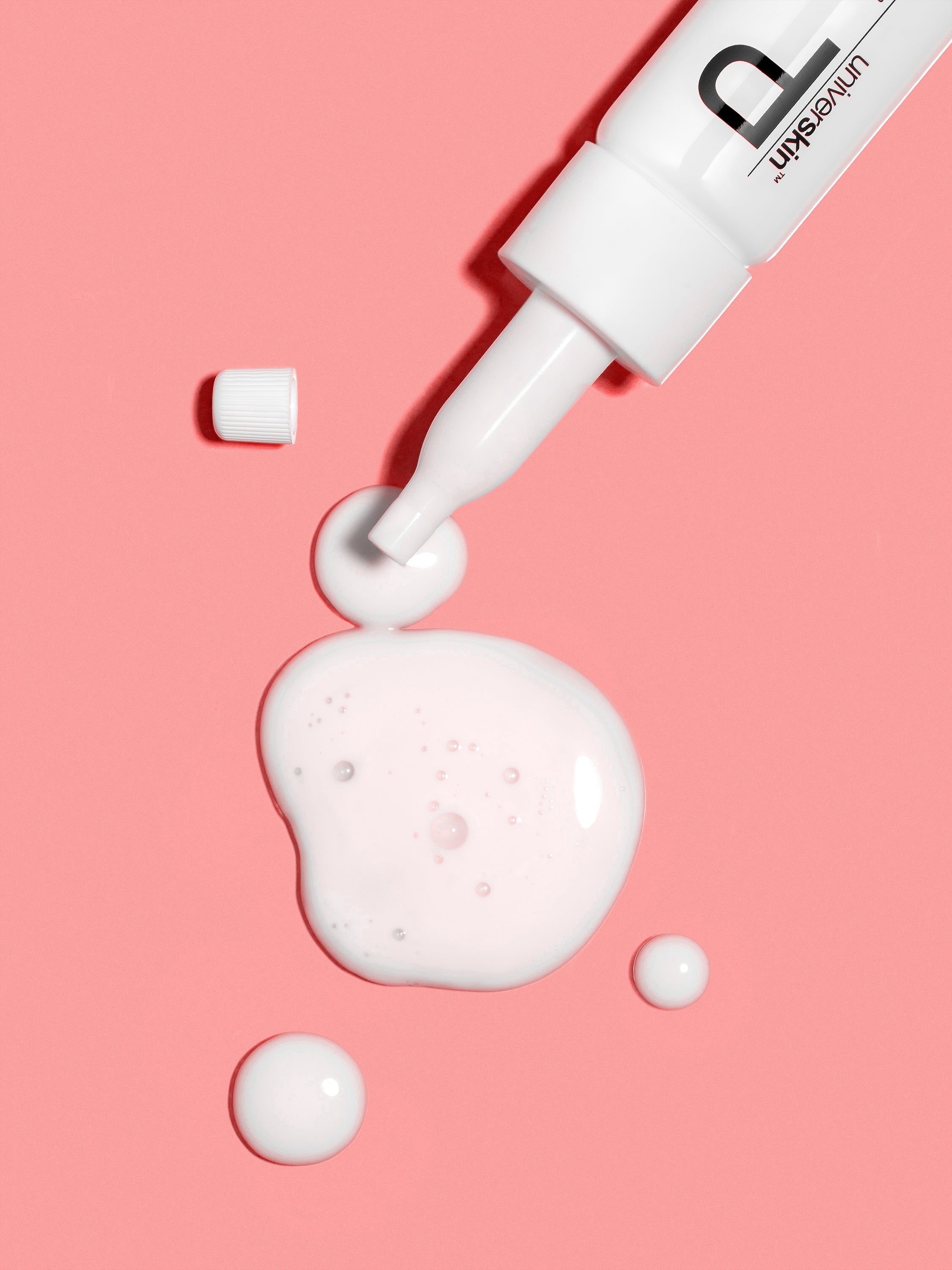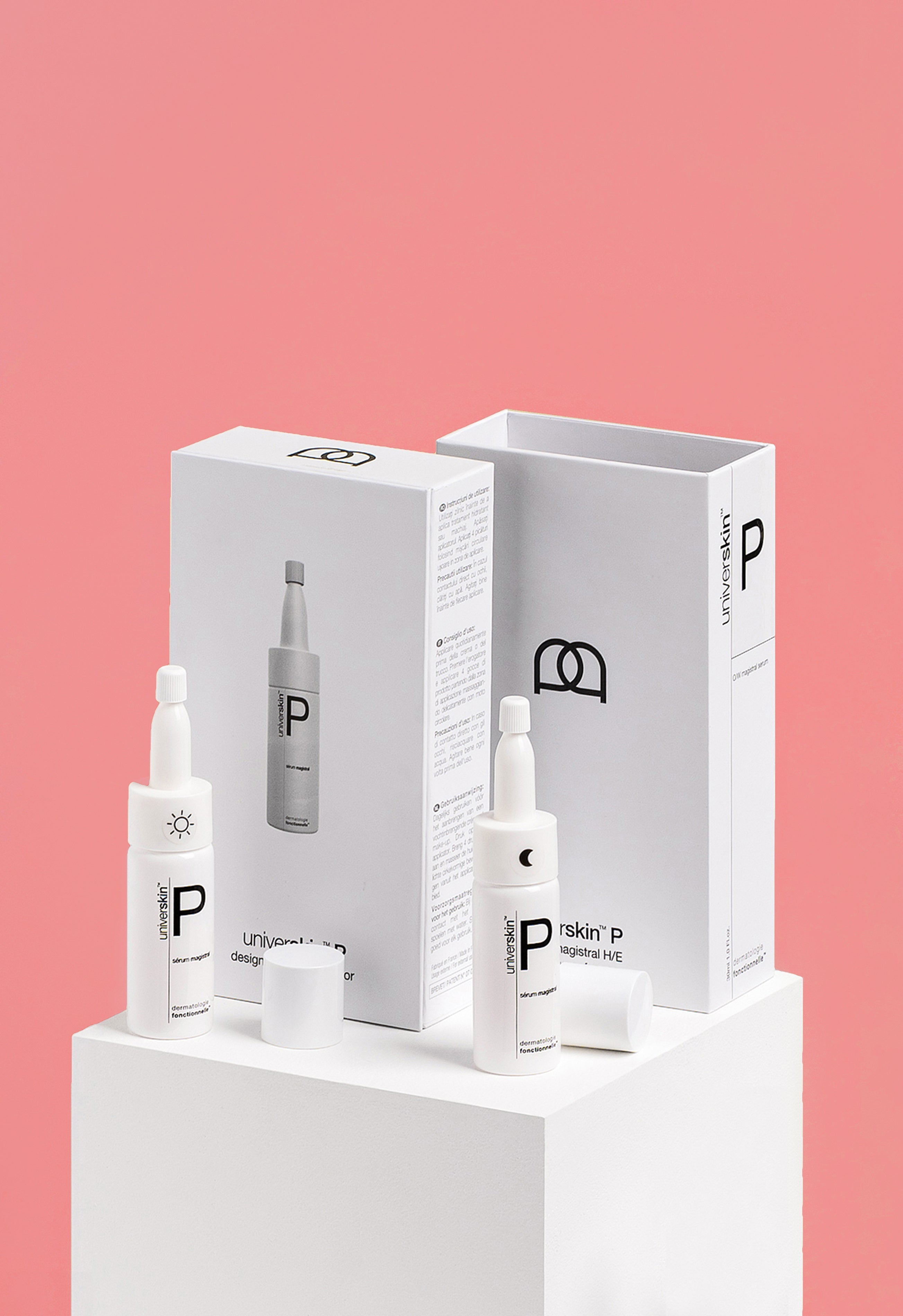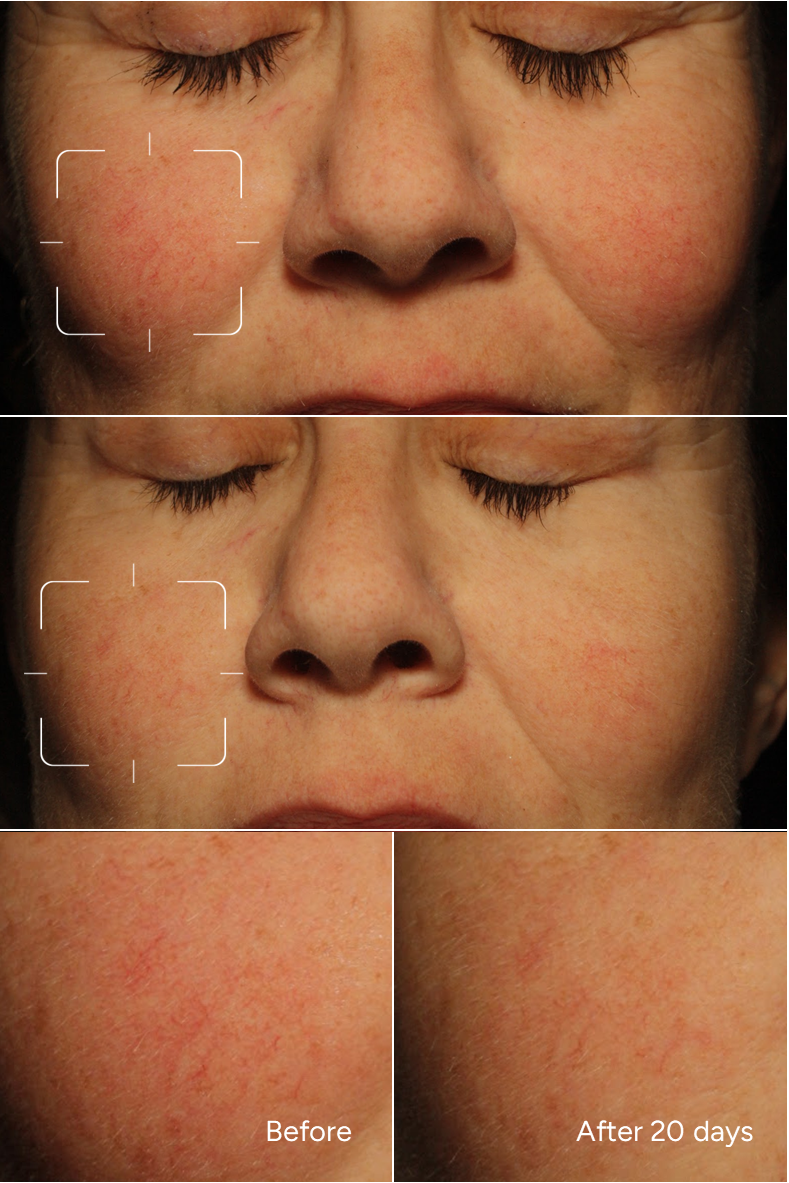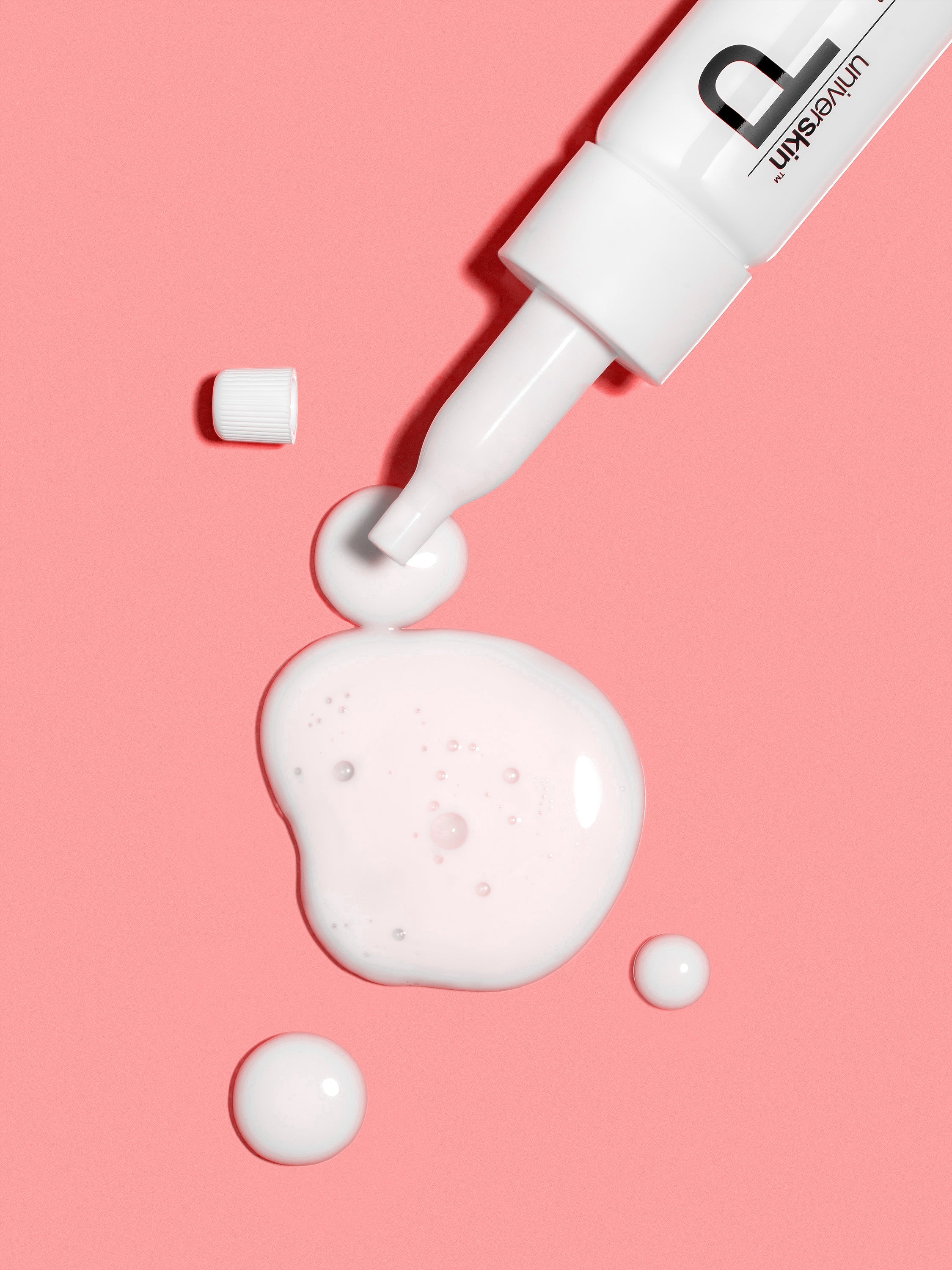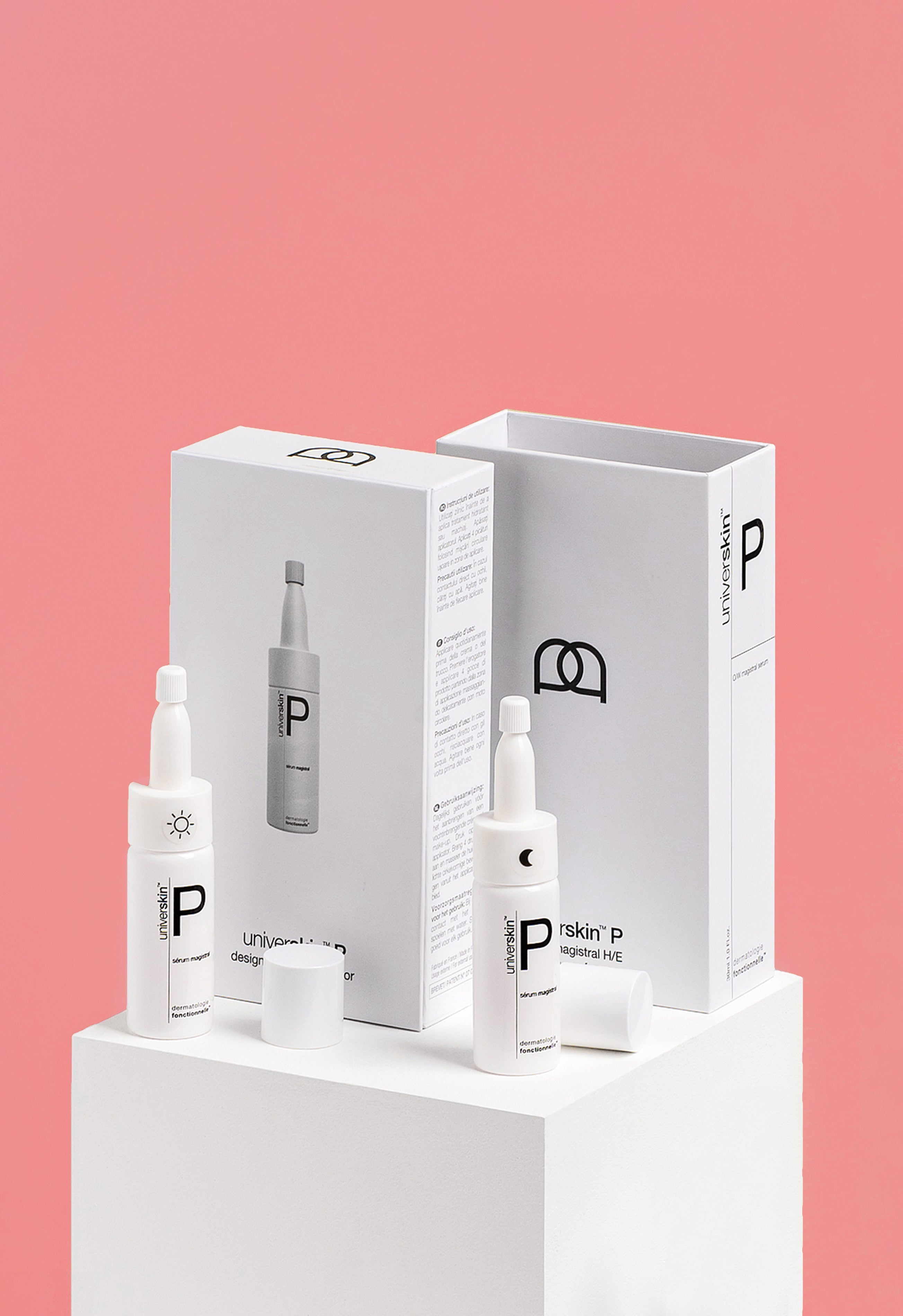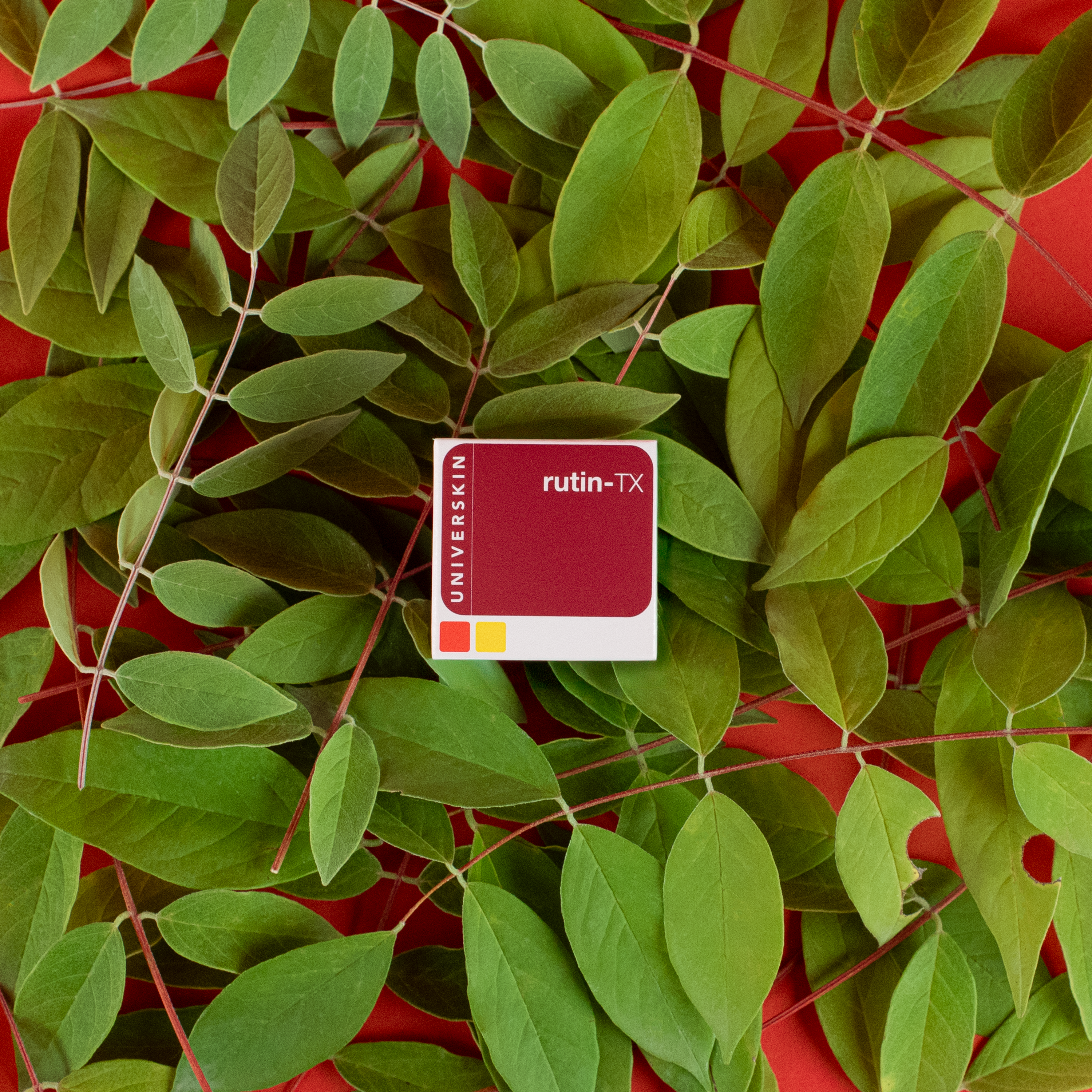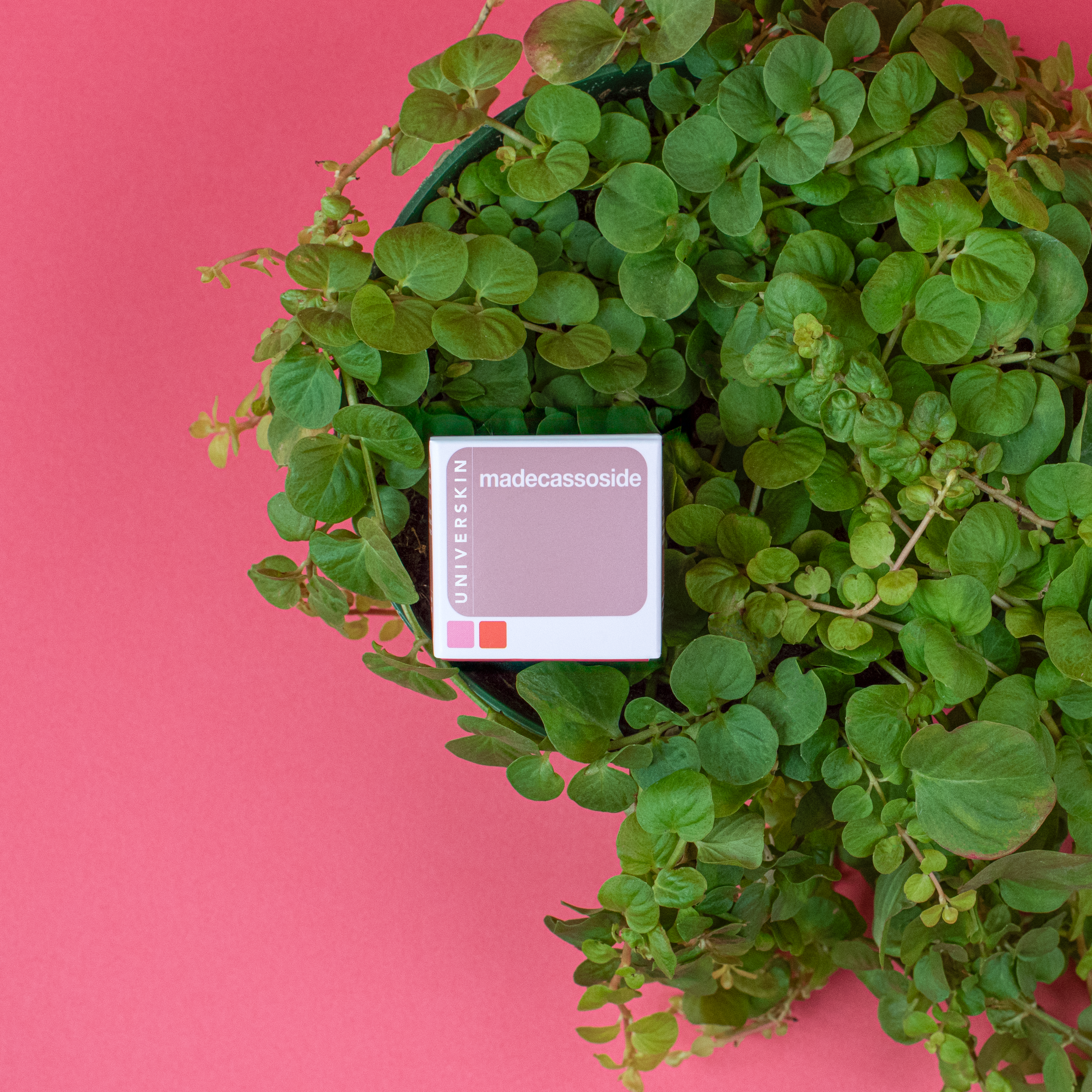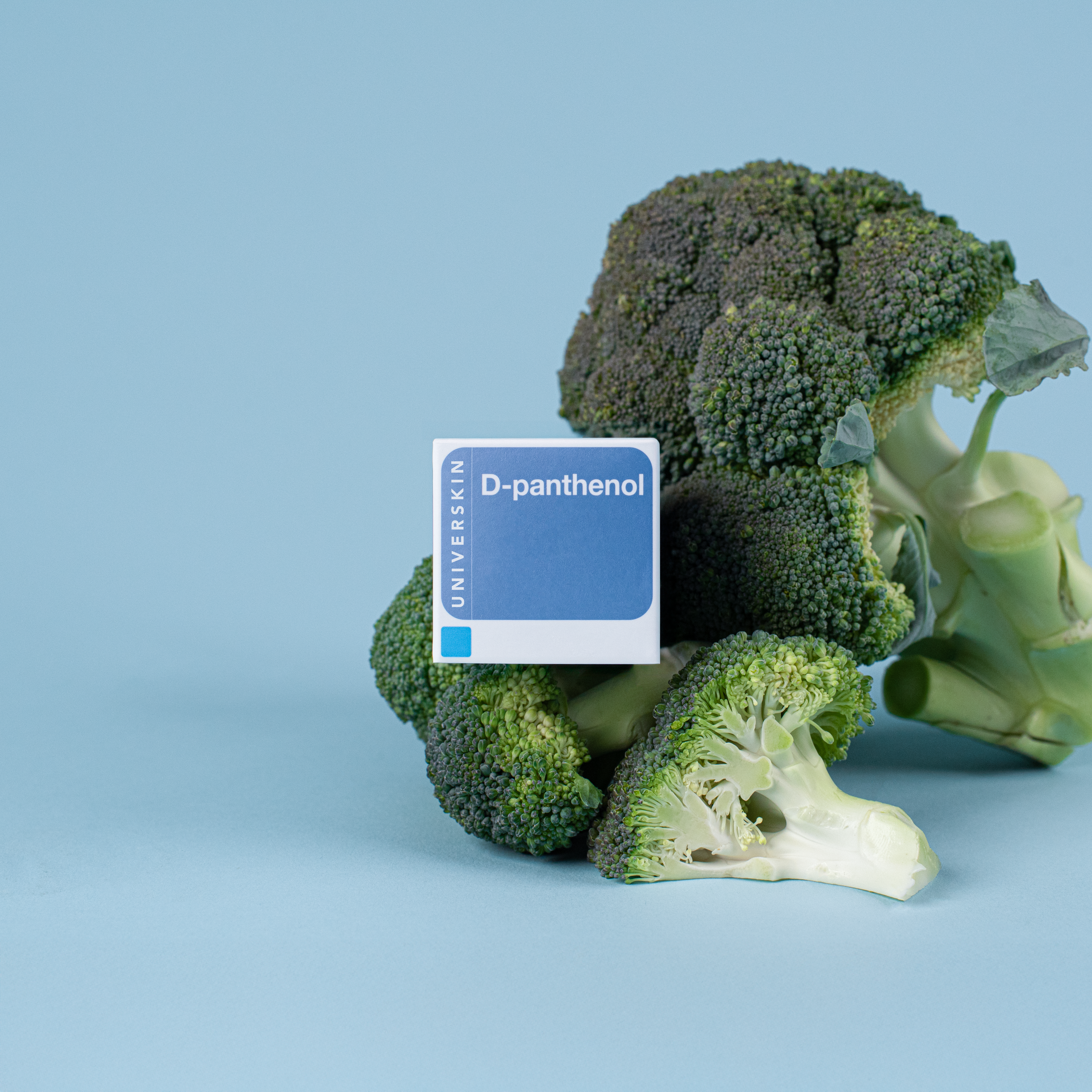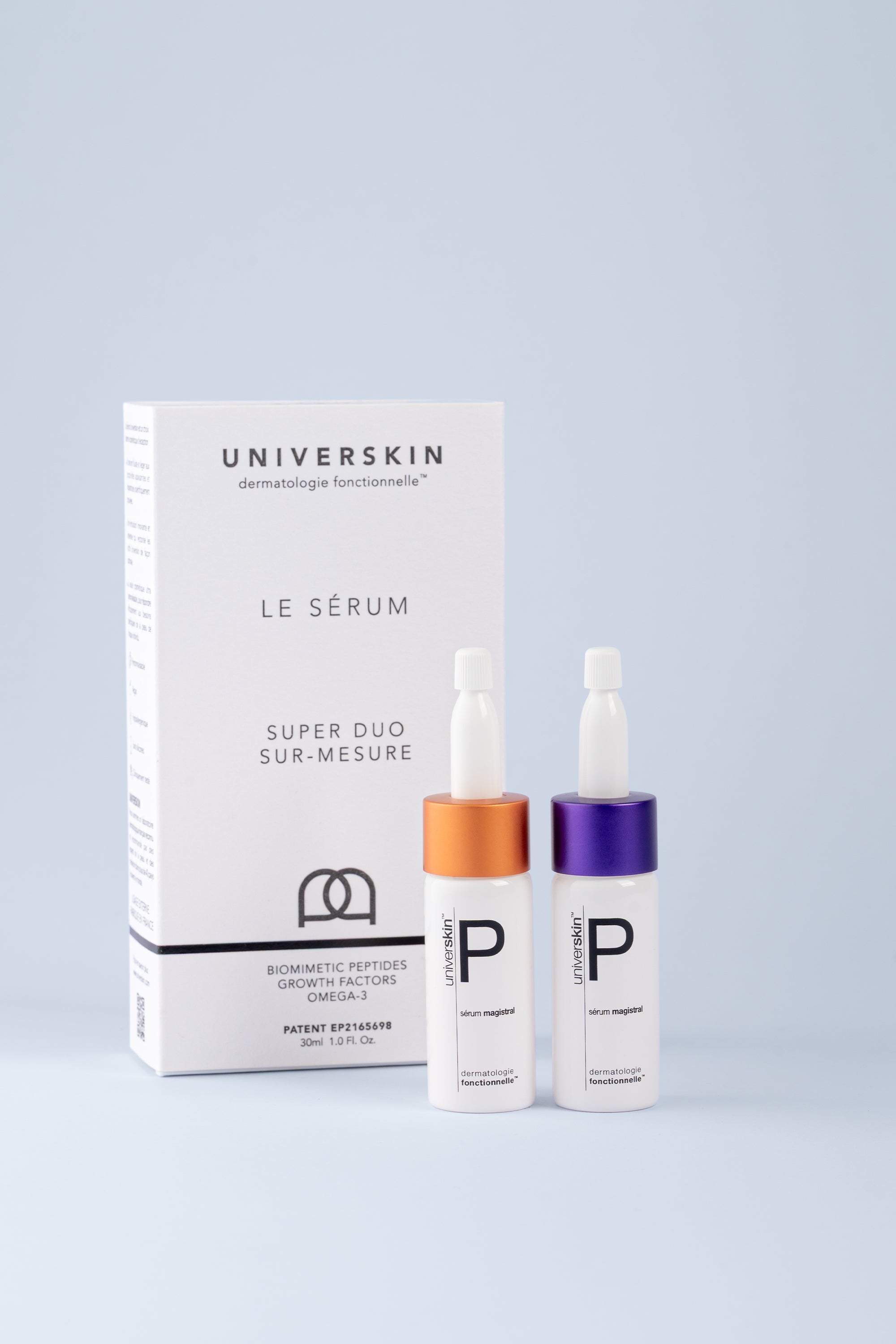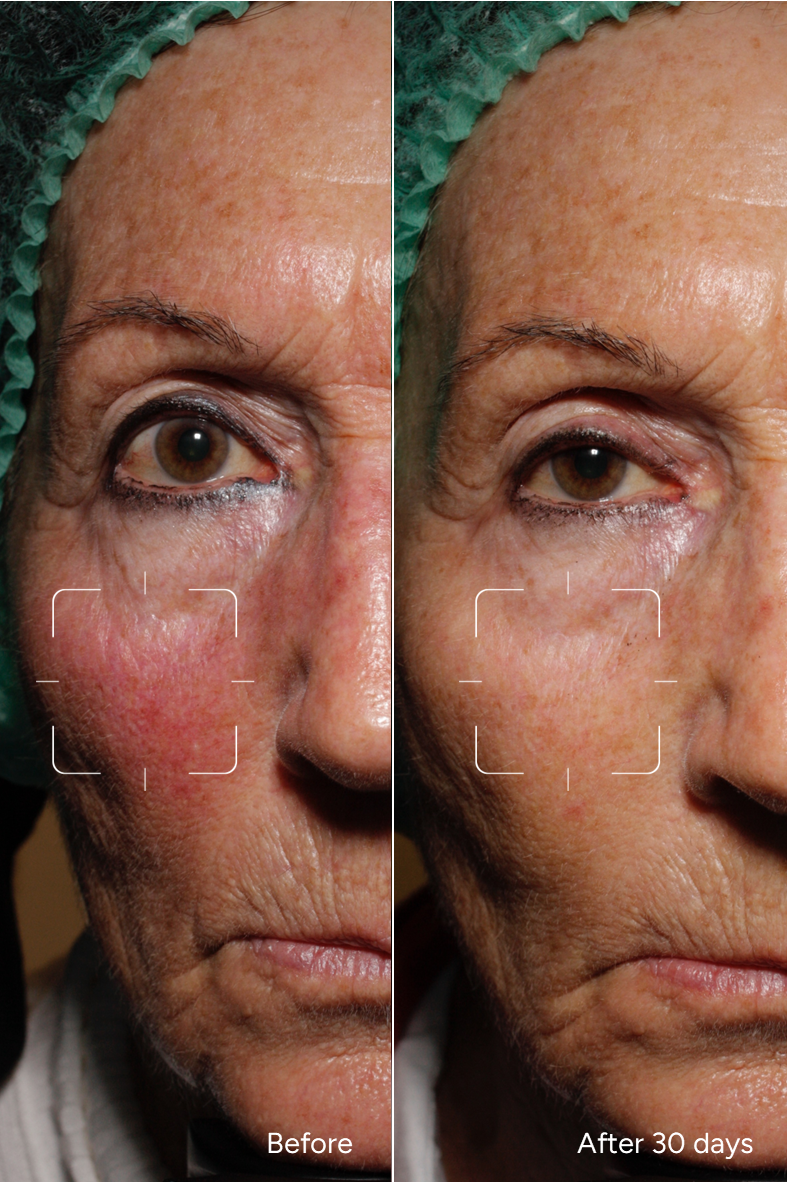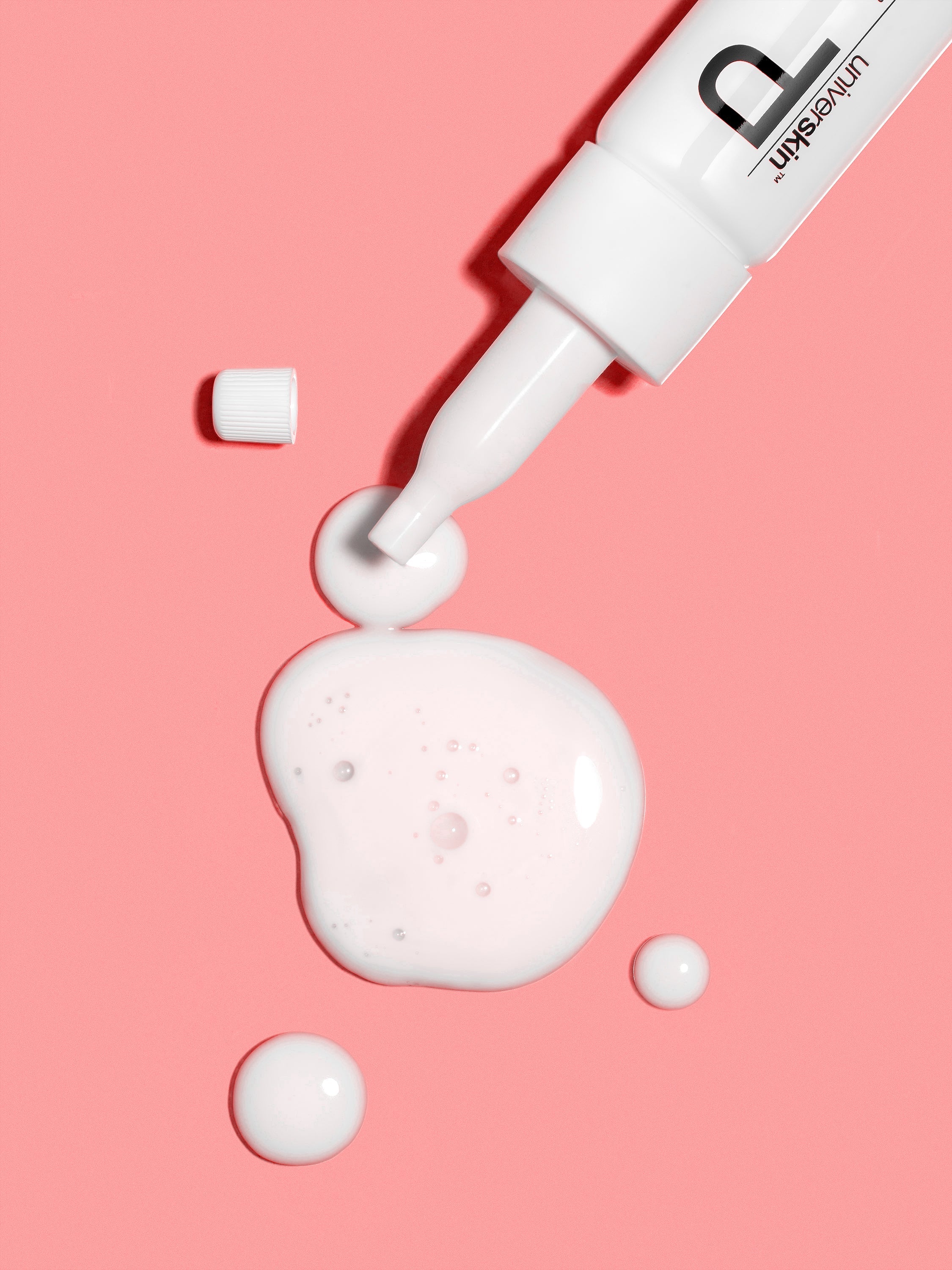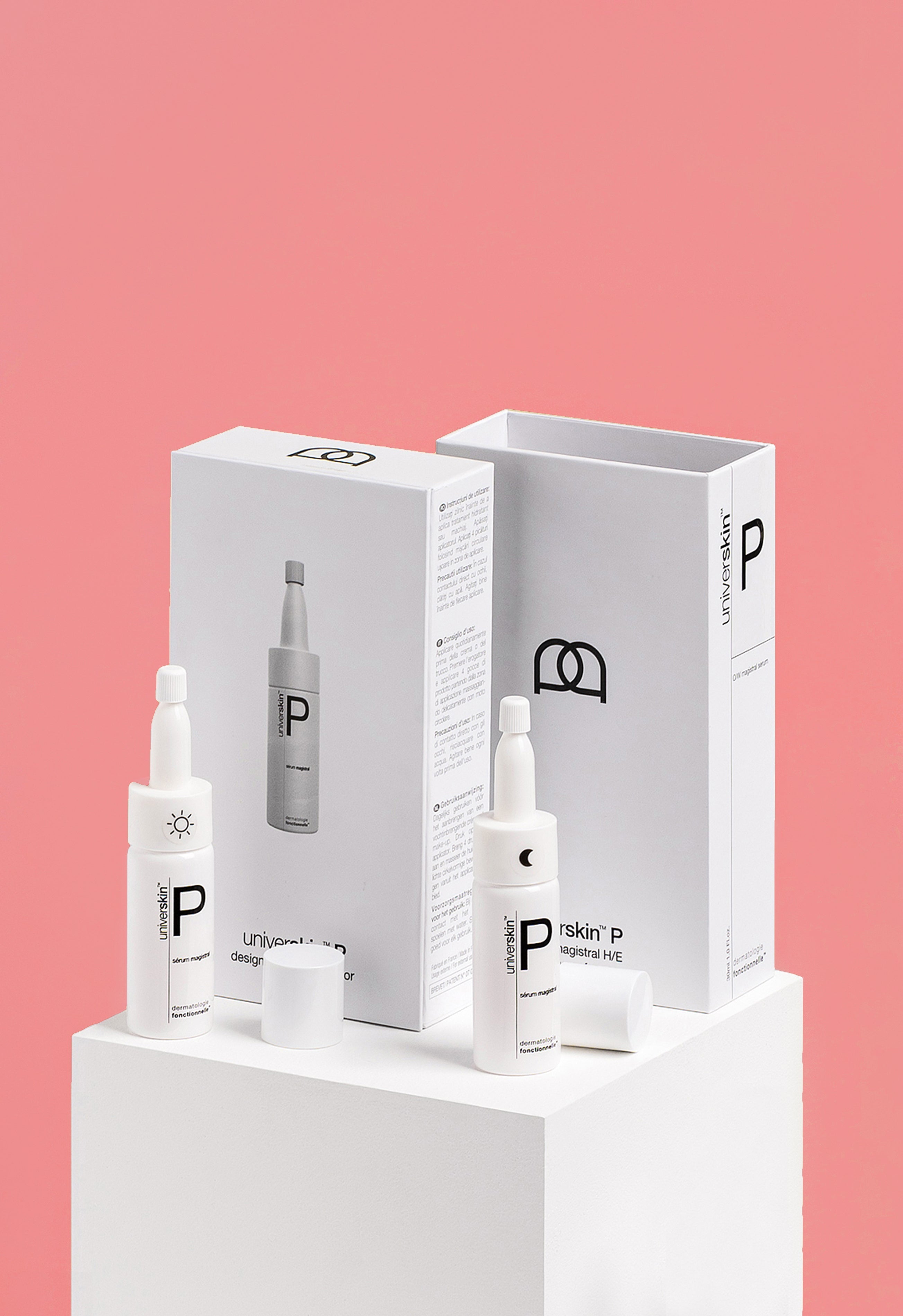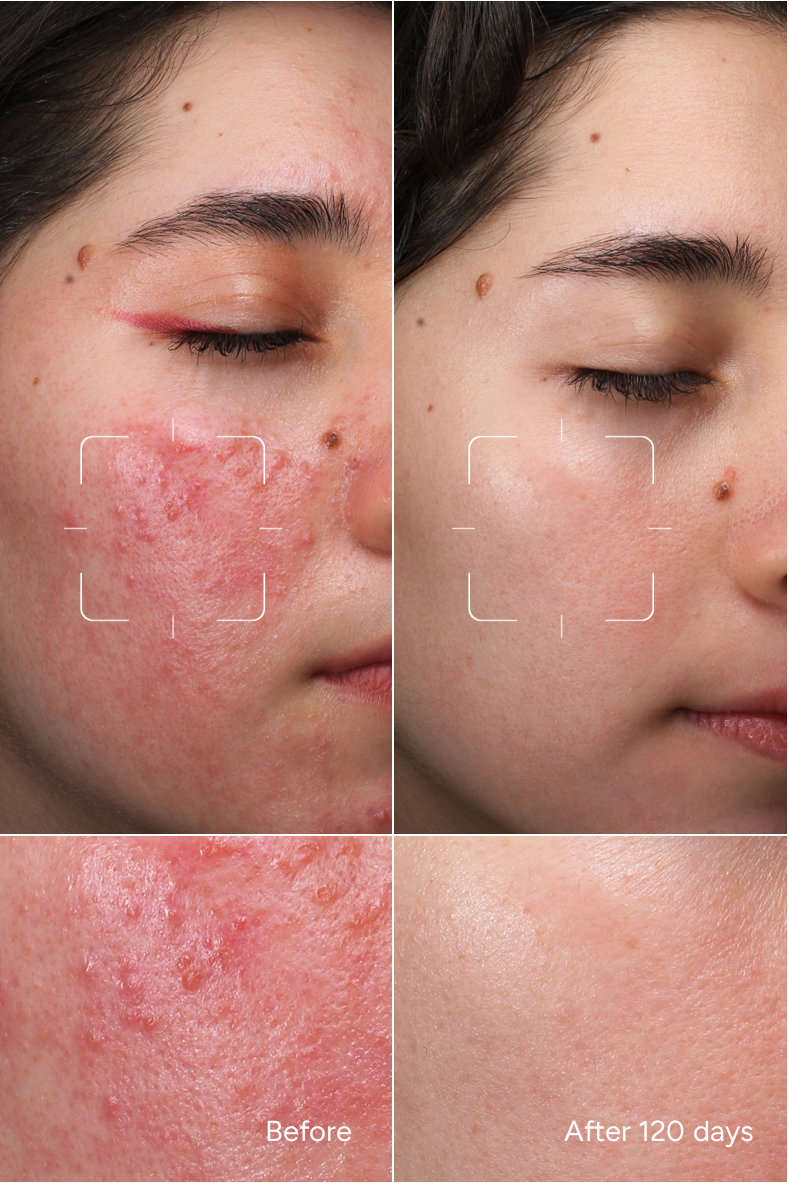Redness & Sensitivity cheat sheet
Causes
- Hormonal imbalances: Hormonal imbalances can cause redness and flushing, especially during menopause or puberty.
- Exposure to temperature changes: Exposure to temperature changes, such as going from a warm to a cold environment, can cause redness and flushing.
- Overuse of exfoliating ingredients: Overuse of exfoliating ingredients, such as scrubs or acids, can cause redness, flaking, and increased skin sensitivity.
- Stress: Stress can trigger redness and flushing as well as the release of the hormone cortisol, which can cause skin irritation and inflammation.
- Chronic sun exposure: Chronic sun exposure can cause redness, broken capillaries, and skin damage, as well as increase the risk of skin cancer.
- Food allergies: Food allergies can cause redness and inflammation due to the release of histamines in response to specific allergens.
- Premature aging: Chronic inflammation can lead to the breakdown of collagen and elastin, the proteins responsible for skin firmness and elasticity. This can result in the development of fine lines, wrinkles, and sagging skin.
- Skin disorders as Acne or Rosacea: Chronic inflammation in the skin can trigger the production of excess oil and contribute to the development of acne. Chronic inflammation in the skin can cause redness, flushing, and visible blood vessels, leading to the development of rosacea.
Symptoms
- Visible redness: Visible redness is a common symptom of redness, and can range from mild to severe.
- Broken capillaries: Broken capillaries can become visible as a result of redness, especially when the redness is persistent or severe.
- Skin hypersensitivity: Skin hypersensitivity is a common symptom of redness, and can cause itching, burning, and pain.
- Hyperpigmentation: Inflammation can increase the production of melanin, leading to the development of dark spots and uneven skin tone.
- Flushing: Flushing is a sudden, temporary redness and warmness of the skin, often caused by increased blood flow to the skin.
- Tingling: Tingling is a sensation of itching, burning, or prickling in the skin.
- Itching: Itching is an unpleasant sensation that causes the urge to scratch the skin.
- Burning: Burning is a painful sensation in the skin that can be caused by redness and skin hypersensitivity.
- Pain: Pain can be a symptom of redness, especially when the redness is severe or accompanied by broken capillaries or skin hypersensitivity.
Examples



Impact on the skin
- Can negatively affect confidence and self-esteem: Redness can be a source of embarrassment and affect one's confidence and self-esteem.
- Can lead to a cycle of ongoing inflammation: Redness can trigger a cycle of ongoing inflammation, which can cause further skin damage and aging.
- Can increase the risk of skin damage and aging: Redness can increase the risk of skin damage and aging, as well as increase the risk of skin cancer.
- Can cause discomfort, itching, burning, and pain: Redness can cause discomfort, itching, burning, and pain, which can affect one's quality of life.
- Can impact overall skin health and appearance: Redness can impact overall skin health and appearance, as well as cause premature aging, dark spots, and wrinkles.
Universkin's personalized approach to redness and sensitivity
At Universkin, we understand the challenges of redness and have developed a personalized skincare solution to help calm, soothe, and restore the skin's natural balance. Our key active ingredients work together to target the root causes of redness and restore a healthy, even complexion.
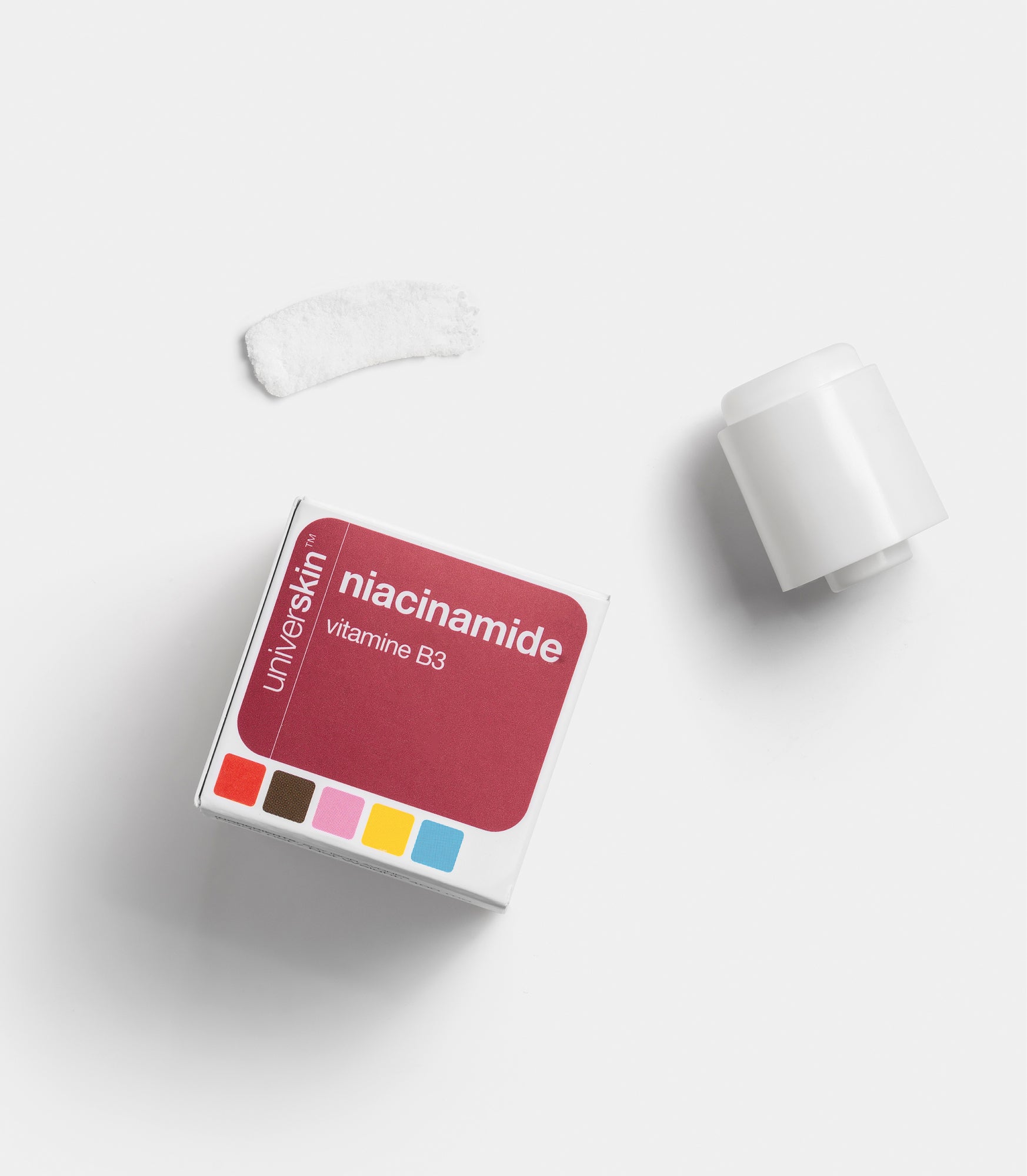
4% PER DOSE
NIACINAMIDE
Niacinamide, or Vitamin B3, serves to sooth skin inflammation. It regulates hyperpigmentation, improves skin's barrier, and stimulates new collagen synthesis. Suitable for all skin types.
learn more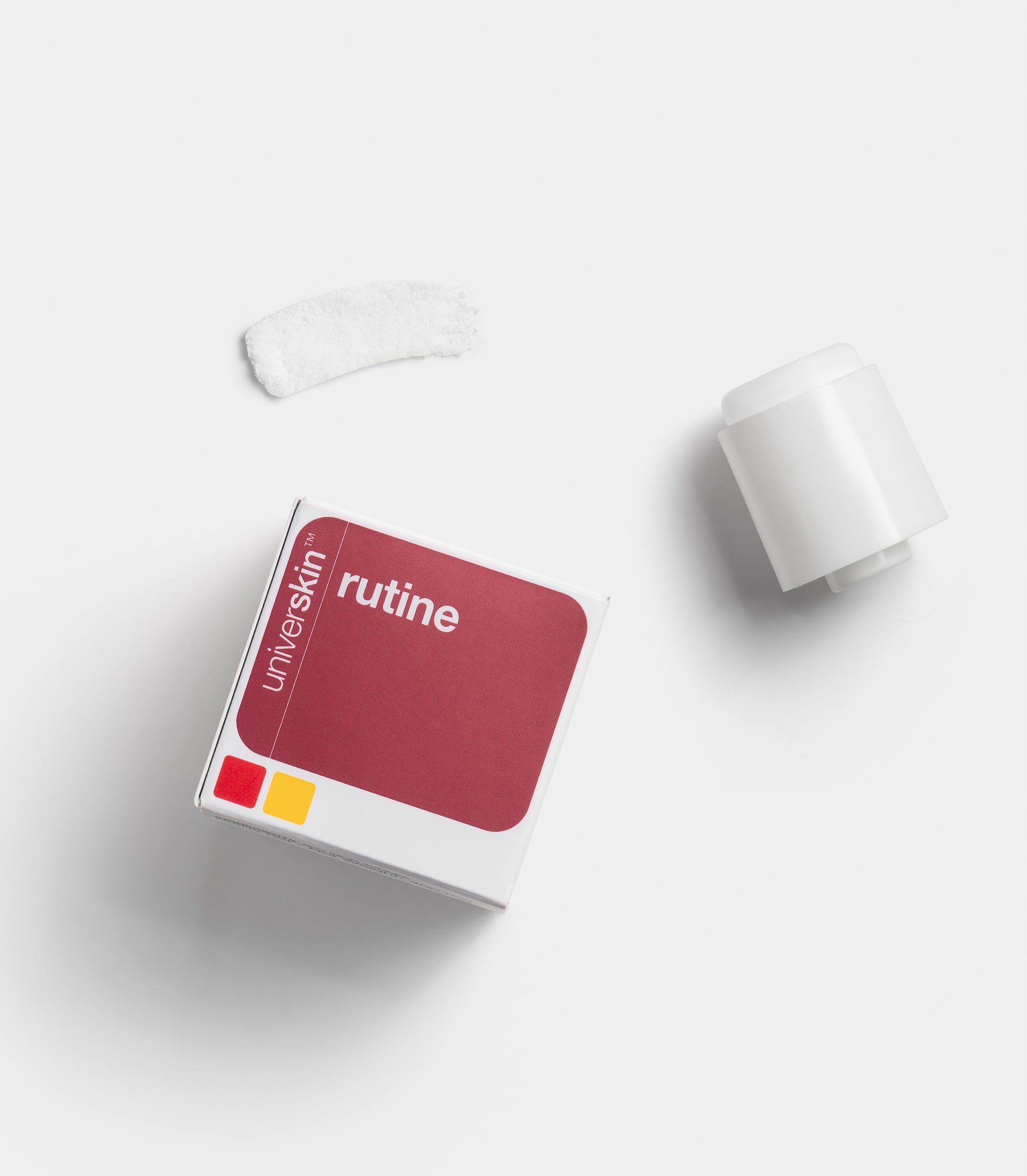
3.2% PER DOSE
RUTIN
Rutin protects and strengthen the blood vessels, thereby preventing visible broken capillaries on the skin surface. Additionally, it drains and improves lymphatic circulation.
learn more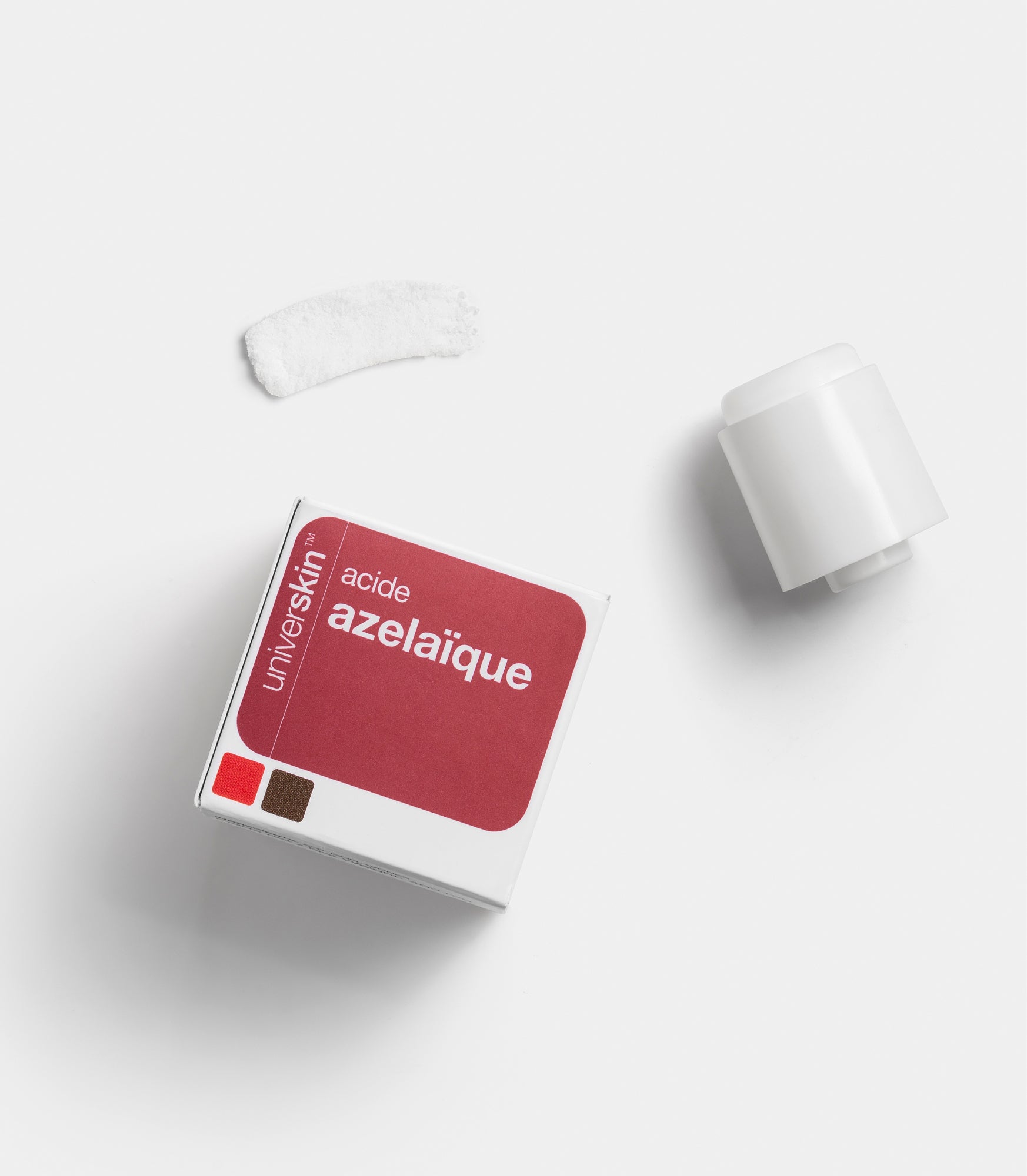
5.4% PER DOSE
AZELAIC ACID
Azelaic acid serves as a powerful agent against acne and inflammation. Additionally, acting indirectly as a tyrosinase inhibitor, it helps even out skin tone.
learn moreAt Universkin, we understand that redness and inflammation can be a frustrating and persistent skin concern. That's why we've developed a personalized skincare solution that specifically targets these issues using active ingredients such as niacinamide, rutin, and azelaic acid.
Niacinamide, also known as Vitamin B3, has a broad range of benefits for the skin. It's been shown to reduce redness and improve the overall appearance of skin. It helps to strengthen the skin barrier, calm inflammation, and improve the skin's natural ability to retain moisture. It’s a key player in brightening the complexion.
Rutin is a biflavonoid that has powerful antioxidant properties. It helps to protect the skin from oxidative stress, which can contribute to redness and inflammageing. It helps to soothe and calm irritated skin and strengthe blood vessels, helping to reduce the appearance of spider veins and other vascular skin issues.
Azelaic acid is a naturally occurring dicarboxylic acid that has antibacterial activity and has been shown to effectively reduce redness and inflammation signs. It’s commonly used in acne and rosacea prone skins. It has brightening action particularly by
avoiding post inflammatory hyperpigmentation.
By combining these active ingredients in our personalized skincare solution, we're able to effectively target and soothe the signs of redness and inflammation, leaving you with a calm, comfortable complexion.

